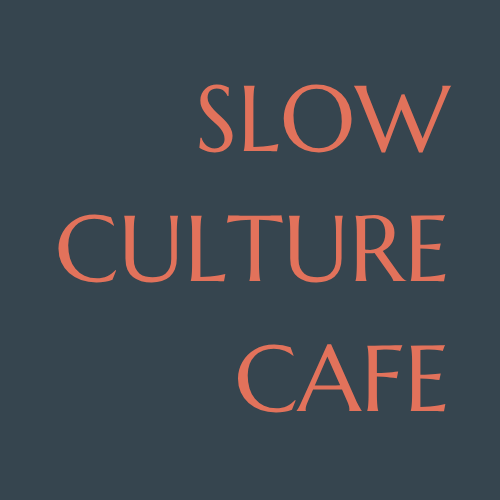The Quiet Rebellion of Softness in Contemporary Sculpture
In a world saturated with noise and spectacle, a new generation of sculptors is embracing softness—both literal and metaphorical—as a radical act of resistance and renewal.
Rounding, soft structures and the use of tips. We have seen these materials so often in art in recent years. Now there is a very strong trend for the soft, the soft and the critical approach with the socially rather hard structures.
Walk into many contemporary galleries today and you may notice something quietly transformative: sculptures that don’t shout but whisper. No longer confined to cold marble or rigid bronze, today’s artists are folding, felting, weaving, and shaping soft materials—textiles, foam, silicone, recycled fabric—into forms that ask us not just to look, but to feel.
Soft sculpture is not new. Pioneers like Claes Oldenburg and Yayoi Kusama embraced its tactile playfulness decades ago. But what’s happening now is different. The softness we see in today’s art is less pop and more poetic—often tender, sometimes unsettling, always intentional. Artists like Sarah Zapata, Sheila Pepe, and Genesis Belanger are reshaping the boundaries of sculpture into a medium of emotional depth, feminist critique, and intimate storytelling.
Zapata, for example, blends handwoven rugs with exaggerated bodily forms to explore queerness and Andean identity. Belanger’s pastel-toned porcelain pieces may resemble charming objects—a handbag, a lipstick—but evoke themes of gender performance and vulnerability. And Pepe’s large-scale crocheted installations echo both domestic labor and architectural defiance. These works are not passive. They ask us to slow down, to soften our gaze, to reckon with nuance.
In a cultural landscape obsessed with sharpness—hyper-productivity, razor-edged opinions, sculpted bodies—the turn toward softness feels almost subversive. Softness becomes a stance: an embrace of fragility, a rejection of perfection, a return to the hand-made in an age of algorithms.
Even in the spatial experience of soft sculpture, there’s a shift. These works often envelop or invite the viewer in, like stepping into someone’s inner world made tactile. There’s a generosity in that gesture. It says, “Come closer. Be still. This matters.”
Softness is not weakness. It absorbs, bends, adapts. It is the material of blankets, bruises, moss, memory. To sculpt with softness is to acknowledge impermanence and intimacy as vital parts of the human experience. It’s art that comforts and confronts in the same breath.
Once again, an antithesis is created to the incredibly destructive conditions in society. However, the soft structures should not obscure the fact that the respective message and criticism of social conditions clearly emerge behind the artwork.
So next time you enter a gallery and spot something pliable, plush, or strange in its vulnerability, pause. You might be witnessing a quiet rebellion—one that doesn’t scream to be heard but lingers like the memory of a hand on your shoulder.

